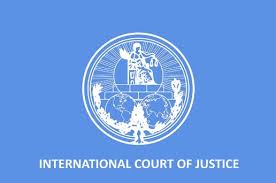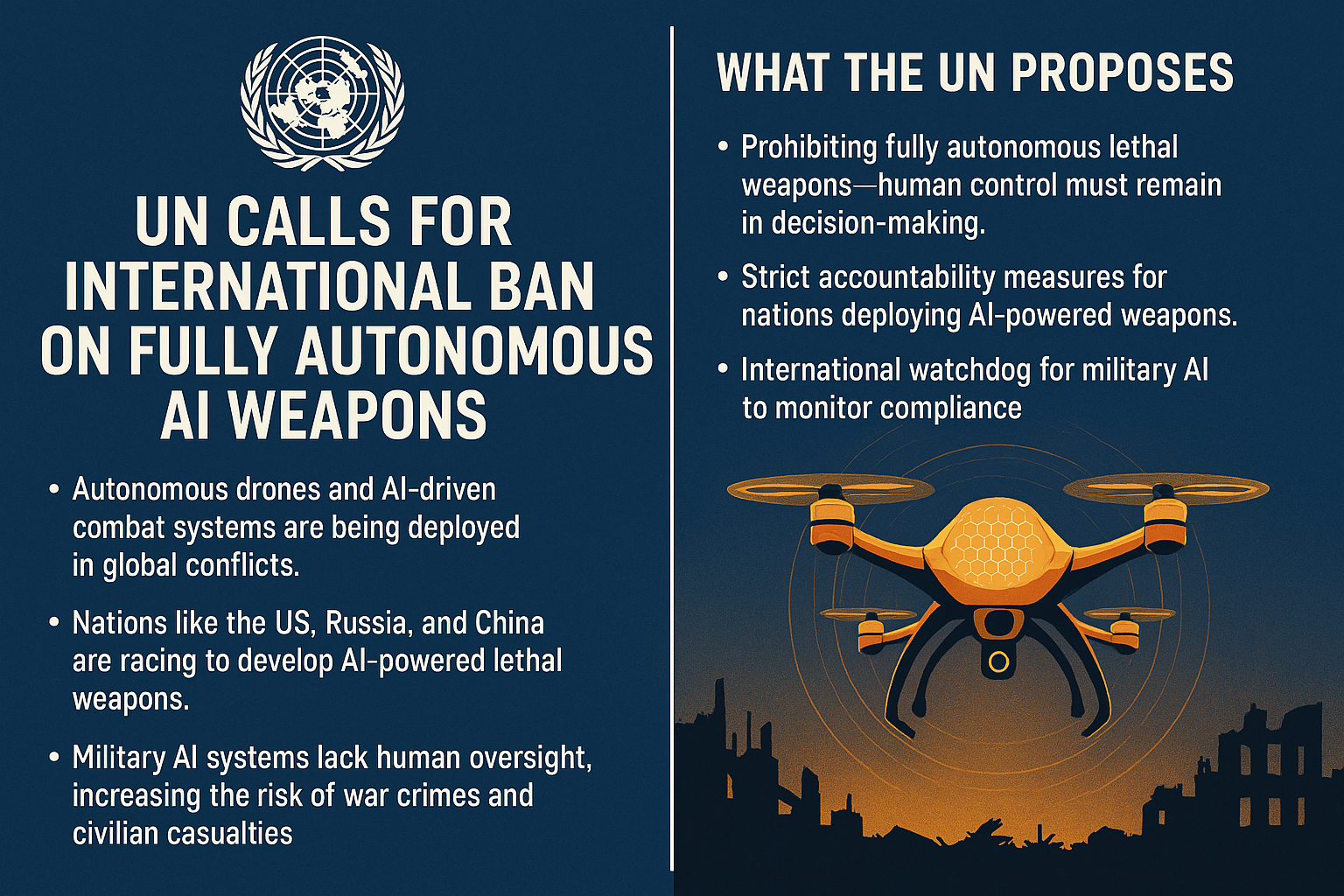Monistic Theory
Monistic Theory of International Law
Introduction
The Monistic Theory is a theory of the relationship between international law and domestic law. It holds that international law and domestic law form a single unified legal system. According to this theory, international law does not require any special domestic legislation to be effective within a state—it automatically becomes part of the national legal system and can be directly applied by domestic courts.
Key Features of Monistic Theory
Unity of Legal System:
There is no duality between international and domestic law; they are seen as parts of one legal order.
Automatic Incorporation:
International law automatically forms part of the domestic law without the need for legislative enactment.
Direct Applicability:
Domestic courts can directly enforce international law norms, and individuals can invoke international law rights before domestic tribunals.
Primacy of International Law:
In case of conflict, international law generally prevails over domestic law.
Contrast with Dualistic Theory
Unlike Dualism, which sees international and domestic law as separate and independent legal systems requiring domestic legislation to implement international law, Monism sees no such barrier.
Application in India
India follows a dualistic approach, but some judicial pronouncements have shown monistic tendencies, recognizing the direct applicability of certain international norms.
Relevant Case Law
1. Vishaka v. State of Rajasthan (1997)
The Supreme Court of India relied on international conventions (such as the Convention on the Elimination of All Forms of Discrimination Against Women – CEDAW) to fill gaps in domestic law on sexual harassment.
The Court held that international law norms are part of the domestic legal system and can guide the interpretation of Indian law.
This reflects monistic principles where international law influences domestic law without needing separate legislation.
2. M.C. Mehta v. Union of India (1987) (Oleum Gas Leak Case)
The Court applied international environmental principles like the precautionary principle and polluter pays principle, integrating them into domestic law.
The decision showcased the acceptance of international law norms directly influencing domestic jurisprudence.
3. Gramophone Company of India Ltd. v. Birendra Bahadur Pandey (1984)
The Supreme Court acknowledged international treaties as part of Indian law once ratified.
The case reiterated that international obligations do not require separate domestic enactment, a view supporting monism.
Criticism of Monistic Theory
Sovereignty Concerns: Automatic application may undermine national sovereignty.
Legislative Oversight: Lack of parliamentary control over international laws entering domestic law.
Practical Conflicts: Domestic priorities might conflict with international obligations.
Summary Table
| Feature | Explanation | Case Example |
|---|---|---|
| Unity of Law | International and domestic law form one system | Vishaka v. State of Rajasthan |
| Automatic Incorporation | No need for local legislation | Gramophone Co. v. Birendra Pandey |
| Direct Applicability | Courts can enforce international law directly | M.C. Mehta v. Union of India |
| Primacy of International Law | International law prevails in conflict | - |
Conclusion
The Monistic Theory asserts a seamless relationship between international law and domestic law, enabling direct application of international norms within national jurisdictions. Indian judiciary, while traditionally following a dualistic approach, has increasingly shown acceptance of monistic principles in applying international law, reinforcing India's commitment to international legal obligations.


























0 comments